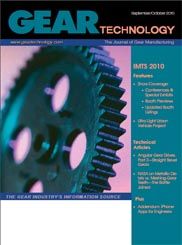The great thing about a trade show the size of IMTS is the amount of options available to attendees. If you’re into cars, fighter jets, machine tools,
fighting robots, manufacturing relics or
simply the latest technology advancements in a particular industry, you’ll find it at IMTS 2010.
